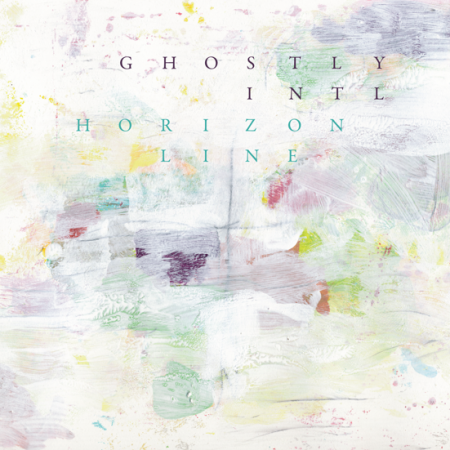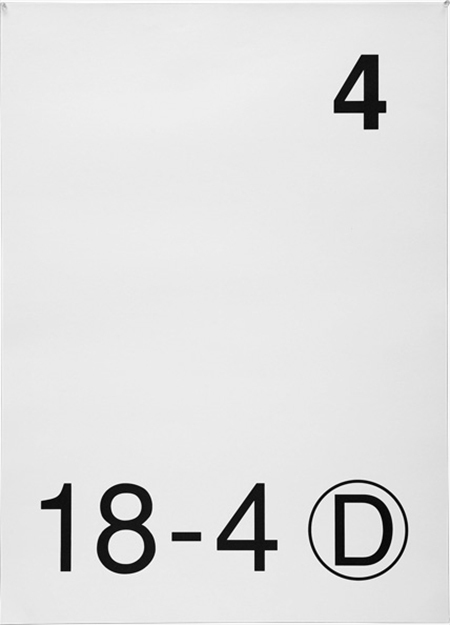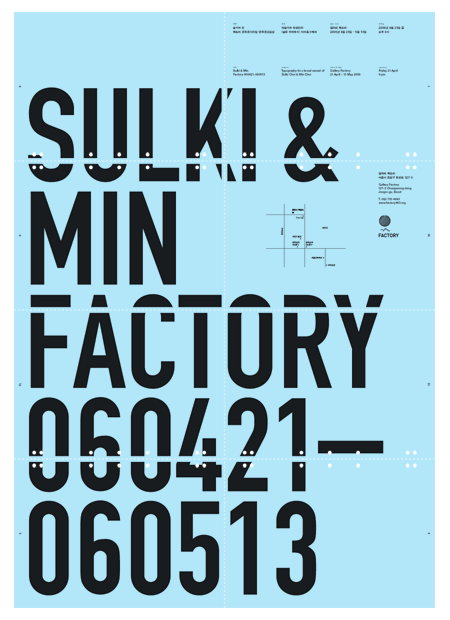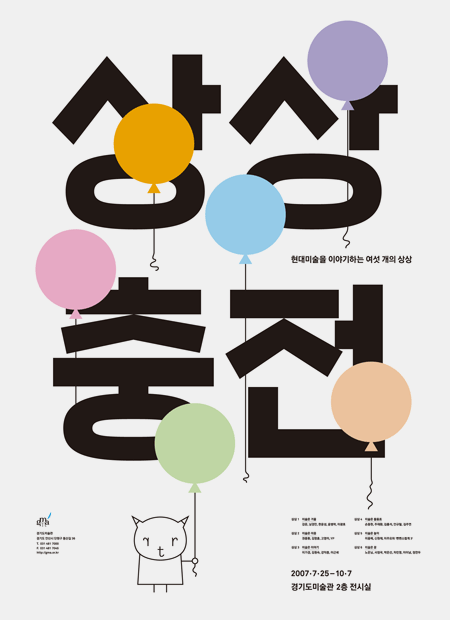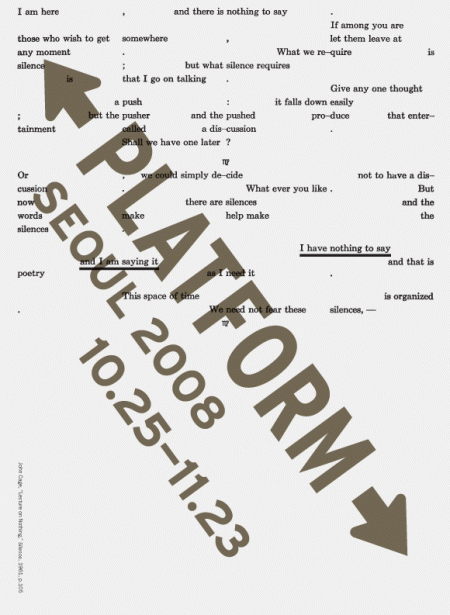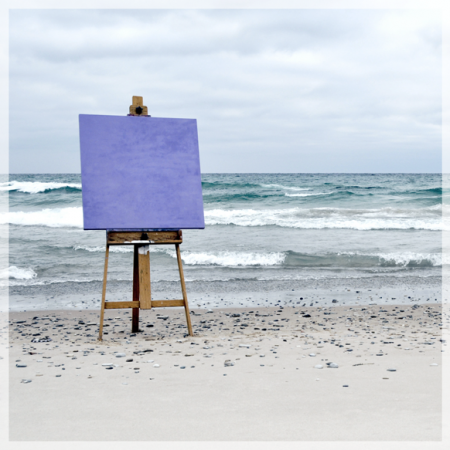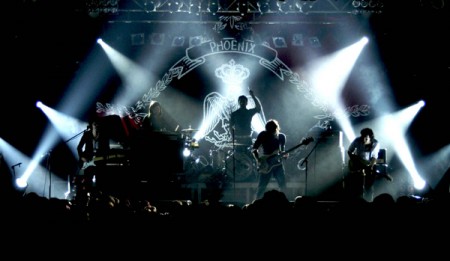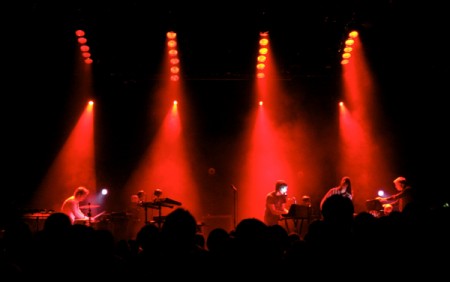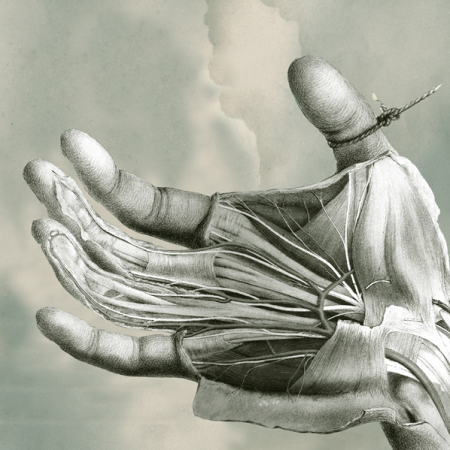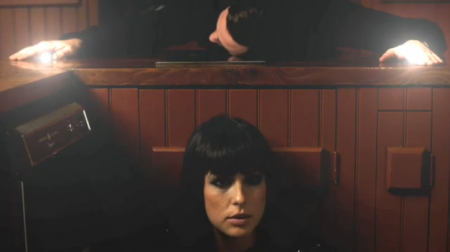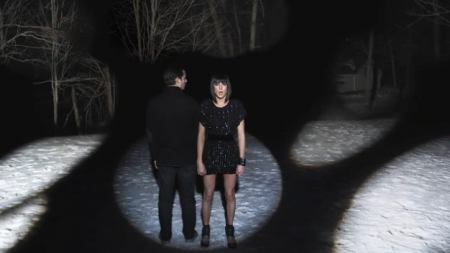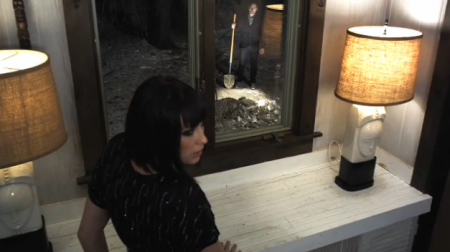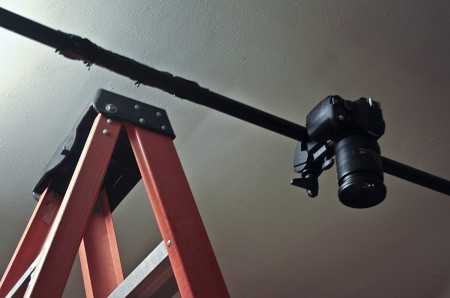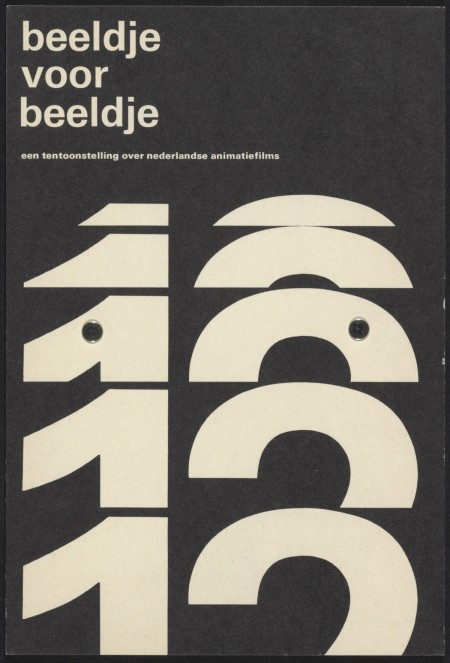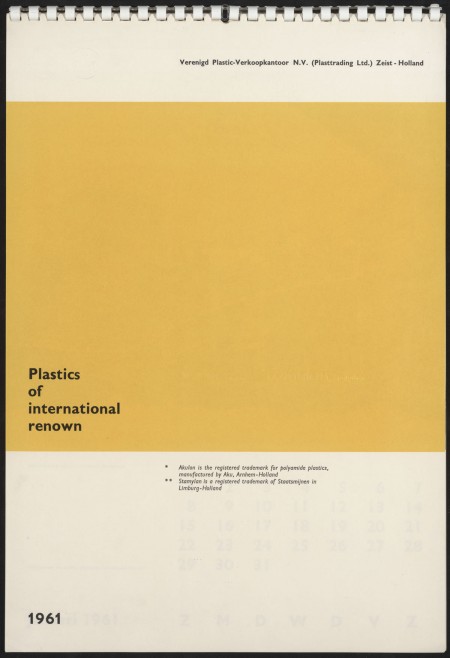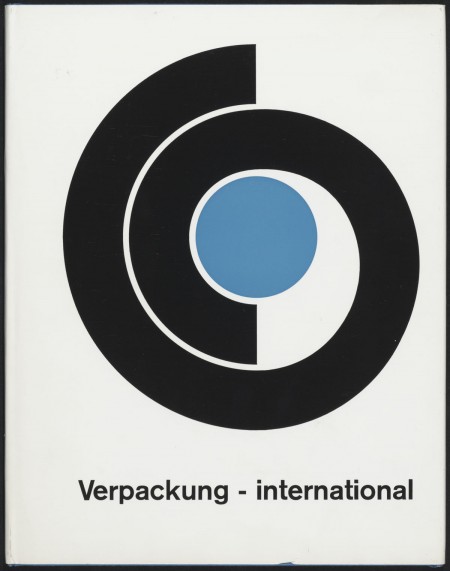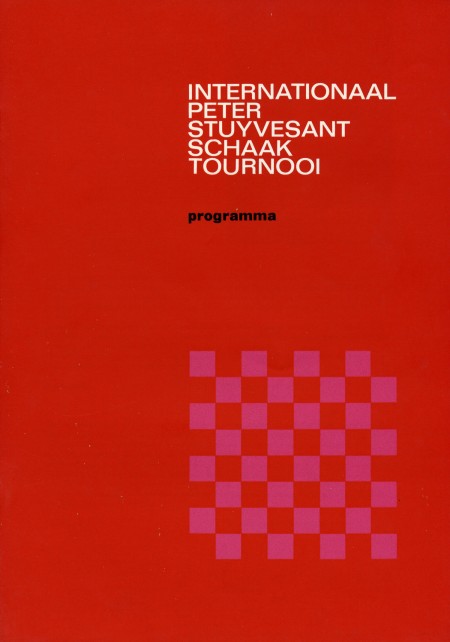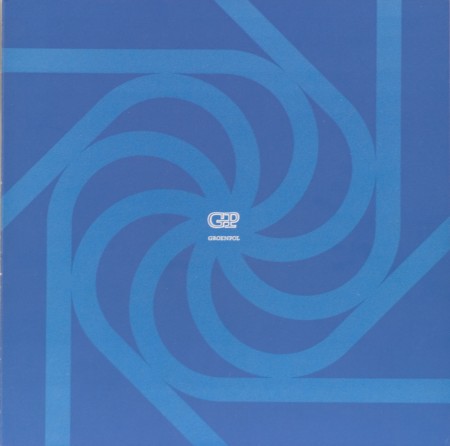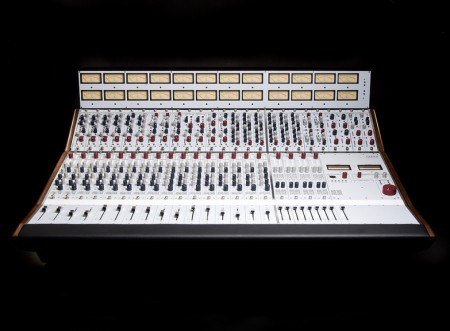
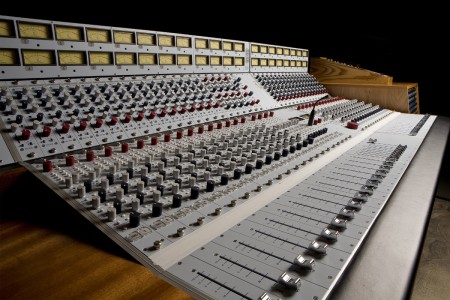
Neve 5088
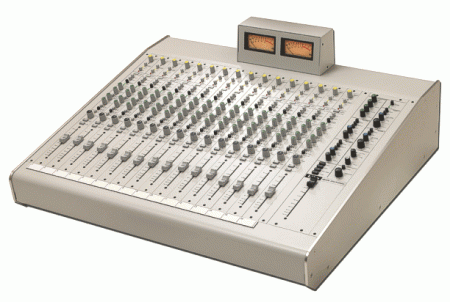
Speck LiLo
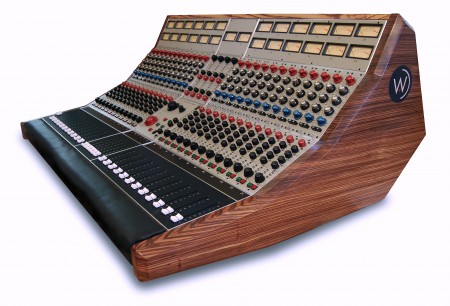
Wunderbar Console
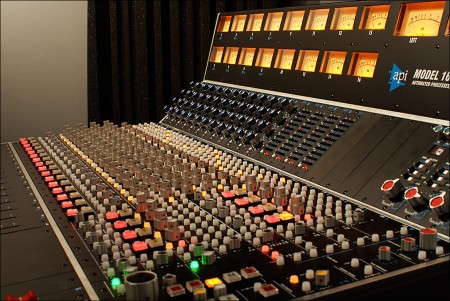
API 1608
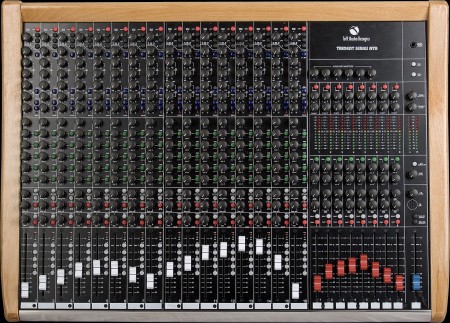
Toft ATB Series
All I’ve ever wanted was an analog desk. Since I started recording it was my goal to someday have a 24 track analog mixer to work with. I’m still not there yet, but the stuff you see above keeps me dreaming. These are some examples of a new type of analog console that a few boutique manufacturers have been releasing in recent years. Most are compact, relatively inexpensive ($30-40k instead of $500k+) analog consoles. They tend to be scaled down versions of classic large format consoles from the pre-digital age (the Toft ATB, for example, is a mini
Trident, which was also designed by Malcolm Toft)
As a designer I find myself obsessing over the visual aspects of my musical equipment. Sometimes I wonder which I love most, how the machines look, or what they do. While I do think these newer machines are beautiful, I miss the old style interfaces which have shifted quite a bit from their original forms (see an example of an older Neve below).
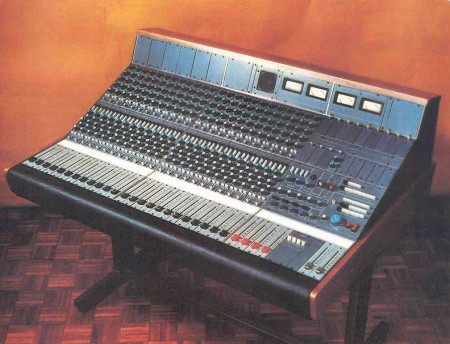
Neve 5315
This got me thinking about how little these machines have changed over the years and how I dislike even the most minor of those changes. I’m always amazed at how a subtle order has emerged over the years in pro audio interface design. It’s sort of like the mouse on PCs; the metaphors and interaction models have remained essential unchanged since inception yet no one seems to mind. I guess it’s a testament to how thoughtful the designers who pioneered these systems really were. Either that or we’re just slaves to habit.
At any rate, it’s all just fun to think about. The reality is that I don’t really need a desk like this. I’m rarely recording more than two tracks at a time so I have four channels of Neve clones and a patchbay — it sort of acts like a modular 4-track console (minus the faders and cool meter bridge). The only thing these would really come in handy for would be as a summing bus during mixdown and I have places I can get that done (although I do prefer having everything in-house).
